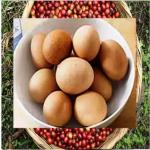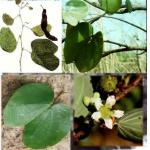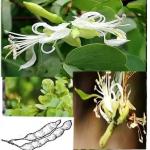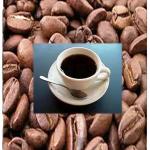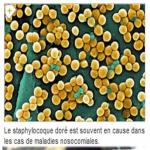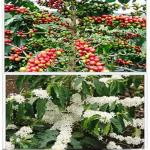00-Anatomy of the breasts
00-Anatomy of the breasts
Click below to order clove oil
Definition
A breast refers to a woman's udder, a paired organ containing a mammary gland that secretes milk and allows the breastfeeding of newborns and infants. Each breast rests on a chest muscle called the pectoral muscle and covers a fairly large area: in height to the clavicle and, in width, from the armpit to the middle of the sternum. The breasts are supported by the skin and fibrous tissue that penetrate the inside of the mammary gland, helping to hold them in place. The breast refers to both breasts and whoever says human breast says woman and the man just has a breast icon from birth to death without any form of possible development and from the beginning the woman has more breast tissue than the man. No illusion is possible about this.
View from the outside
The areola is the reddish-coloured, circular area around the nipple.
The nipple is the protrusion, the cone-shaped eminence that forms the tip of a woman's or man's breast.
-Montgomery's tubers are small grains scattered on the surface of the areola. They become prominent around the eighth week of pregnancy.
In-depth view
. -The.nipple: area located in the centre of the areola from which milk is expelled. The nipple is erectile This is the region where the excretory galactophoric ducts end. Breastfeeding will be possible even if the nipple appears to be poorly or not at all formed. It is erectile, and it is during feeding that the baby's mouth stimulates it.
. -The areola: the round, pinkish or brownish surface that surrounds the nipple and contains the small sweat glands that secrete sweat as a lubricant during breastfeeding. It is the most pigmented area of the breast, where Montgomery's tubercles appear from the beginning of pregnancy and throughout breastfeeding. These are fat glands that produce a mother-specific "odour concentrate" that is attractive to baby. All around this area are located sensitive receptors that the baby's mouth will stimulate.
. -The secretory tree The lobules or glands which produce milk are arranged in alveoli called acini. They are not reservoirs, but a simple place of passage. The milk is produced at the time of feeding, it is not stored in the breast. The milk arrives in the acini and flows through the galactophoric ducts, tubes that carry the milk from the lobules to the nipple. The terminal part of these channels is called the sinus and opens to the nipple through the pores.
-The vascular tree Each acinus is surrounded by a network of blood vessels that develop during the
pregnancy. Elements of the blood pass from these vessels through the acini to make milk.
-The. Muscle.fibres The secretory and vascular trees are surrounded by small muscle fibres that contract during feeding to allow the ejection of milk .
-Fat and connective tissue surrounds and protects the canals and lobules and gives the breast its shape.
Please reach us at http://wa.me//+22967546677
Click below to order clove oil
Book an appointment with lady feranmi on
Add a comment



